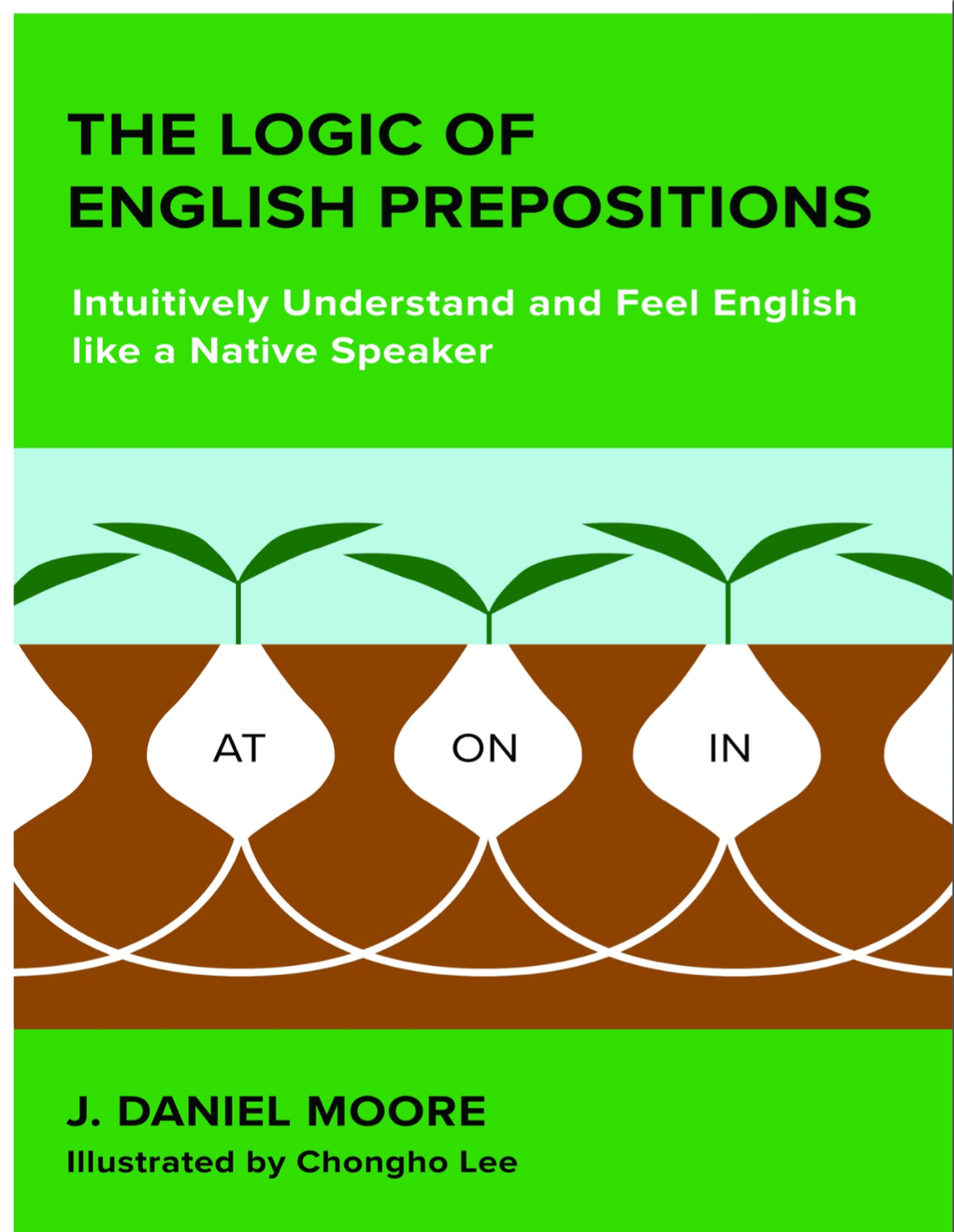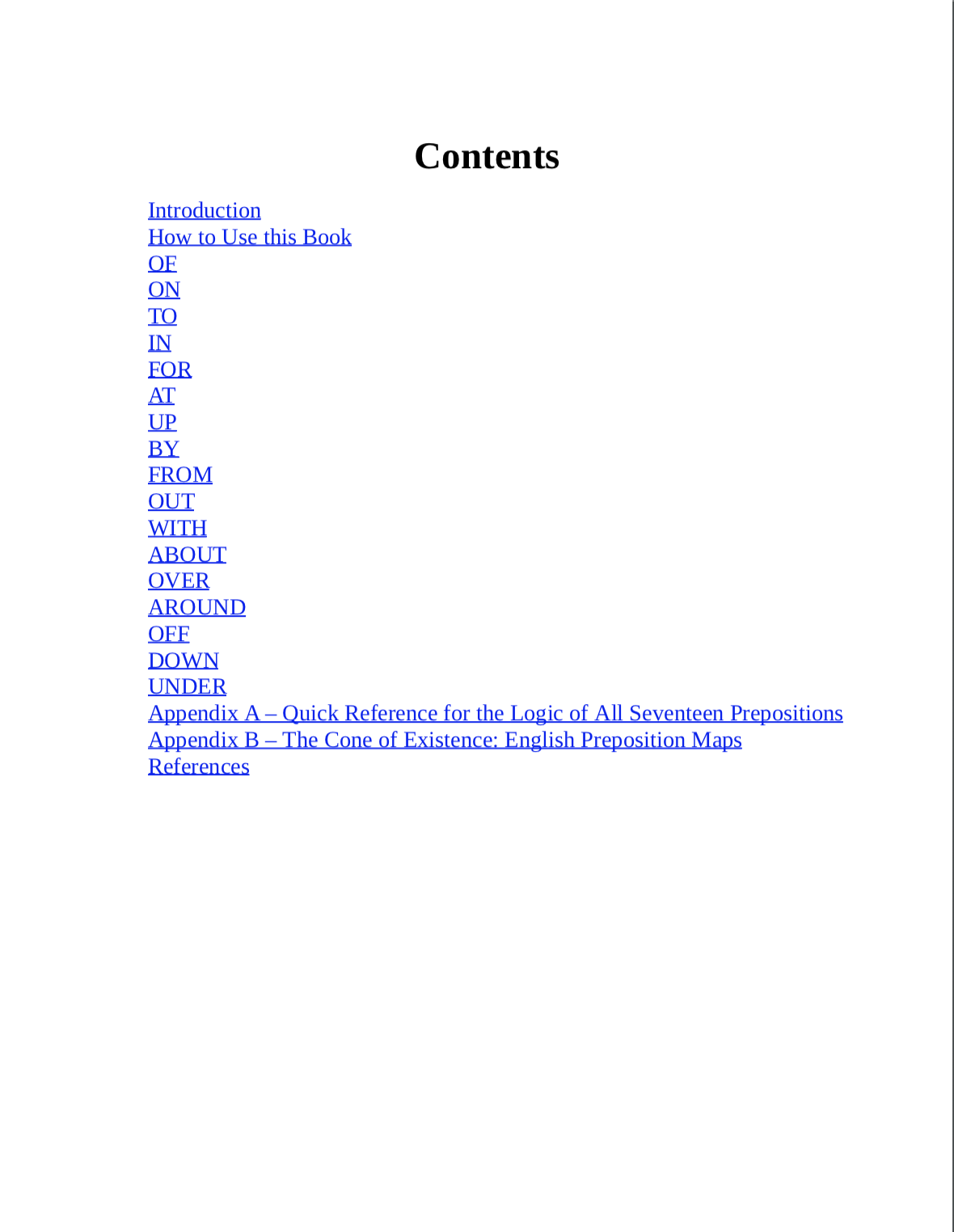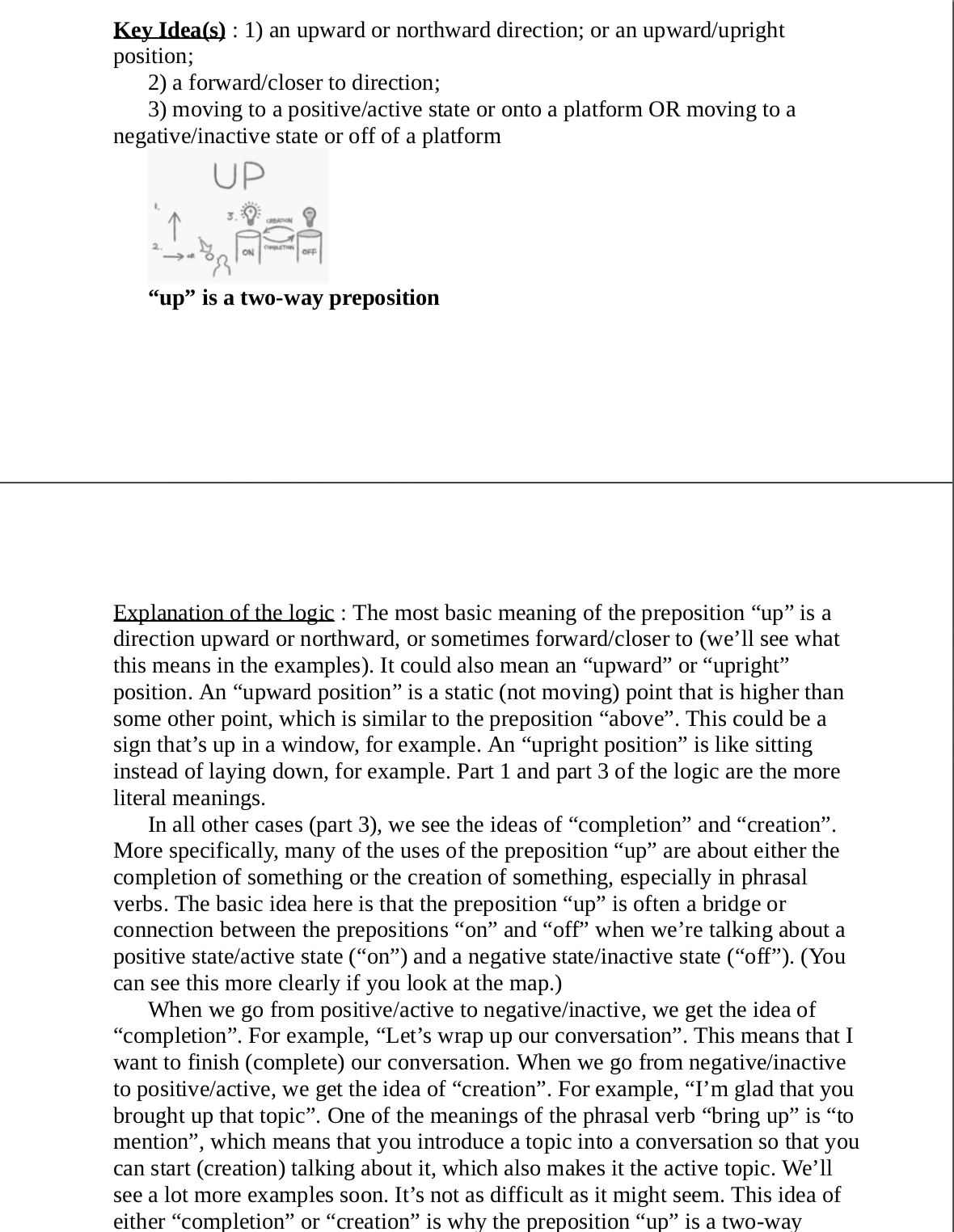TA的每日心情 | 慵懒
2022-3-25 18:54 |
|---|
签到天数: 165 天 [LV.7]常住居民III
状元
  
- 积分
- 28855
|
本帖最后由 shamine 于 2021-7-3 14:51 编辑 揭示常用介词使用与搭配背后的隐藏逻辑
The Logic of English Prepositions: Intuitively Understand and Feel English Like a Native Speaker
Why your English Teacher was Wrong
This is a book about prepositions, but it's not about grammar. It's about the hidden, logical relationships that give prepositions their meaning. But why do English teachers say that there isn’t any logic? Let’s imagine a farm that grows a lot of different plants. On the surface, you see all the leaves and branches of the plants (the “in” plant, the “on” plant, the “to” plant, etc...). These leaves and branches are the different dictionary definitions that seem to be disconnected and random. These “surface meanings” are what native speakers are consciously aware of. However, under the ground we find the root of each plant. The root is the logic that all the dictionary definitions are based on. This underground level is part of the subconscious mind, which means that native speakers aren’t consciously aware of it.
What's in this Book?
This book contains seventeen of the most common and confusing prepositions in the English language. Each preposition has its own chapter. Each chapter is divided into sections that guide you through the process and help you learn more easily and more effectively. The sections are: A) Example Sentences (there are over 450 examples throughout the book); B) The Logic, which includes the key idea(s), an explanation, and etymology notes; C) Detailed explanations of how the logic works in the example sentences from section A; D) Verbs that often use each preposition; E) Phrasal verbs (Yes, phrasal verbs are logical, too!); and F) Idioms. At the end of the book are a couple of maps of the logical relationships.
Some of the ideas in this book are complex, but this book is written in a way that is as easy to understand as possible. In everyday speech, English speakers omit a lot of grammar words, such as the words "that", "in order (to)", and sometimes even the preposition "of". In this book, these words have been kept as much as possible so that the reader can focus on the content of the book without confusion. For that reason, it shouldn't be very difficult for learners who have at least a B2 (upper-intermediate) level. However, this book might be difficult for learners who have a B1 (lower-intermediate) level. If you can understand everything in this description, then you can probably understand the book.



|
评分
-
1
查看全部评分
-
|